The Procedural Development of the COVID-19 Vaccine
The COVID-19 is new to the world. None of us have been exposed to the virus before this. This is why our body systems aren’t very well-equipped to deal with the infection. Therefore, the only way your body can develop an immune response to the virus is through a vaccine.
However, developing a vaccine isn’t as easy or quick as it sounds. The process is extensive and may usually take around five to ten years on average. Thanks to the advent of scientific research and technology, developing vaccines has now become relatively quicker than it was in the past.
The past year and a half exposed us to an unprecedented crisis that none of us were prepared for. While the disease greatly impacted all domains of our everyday lives, it also helped us identify a great deal of positive aspects—the biggest being humanitarian solidarity! Besides, the combined efforts made by scientists from around the world to reach a conclusive vaccine were also commendable! The inception of the virus triggered robust research and development around the world like never before.
Although the first-ever human trials for COVID-19 were developed by Moderna Therapeutics—a US-based firm—as many as 35 other companies also worked on the prospect.
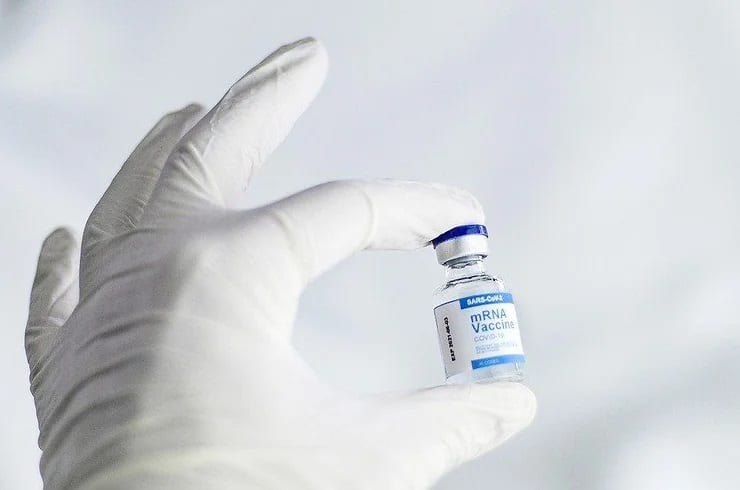
The research that went into it
The first step toward working for a conclusive virus was to study and understand the virus. Scientists try and explore how a specific virus affects humans or animal cells. These studies are carried out under controlled lab environments. They initiate the research by studying the proteins, and sugars found on the virus surface and see how an immune response can be generated to that genetic makeup.
In the case of the novel coronavirus, this step was a lot easier. The Chinese publication ‘genetic sequence of novel coronavirus’ that was first published back in January seemed a helpful starting step for most researchers worldwide. During this phase, scientists and researchers also formulated the genetic history of the family of viruses that the novel coronavirus belongs to and traced back to the first-ever human who was infected.
The required knowledge base also includes checking the relevant vaccine if it has been made properly, figuring out likely dosages, and anticipating the number of doses needed to build immunity. The more readily available the knowledge, the quicker is the vaccine production process.
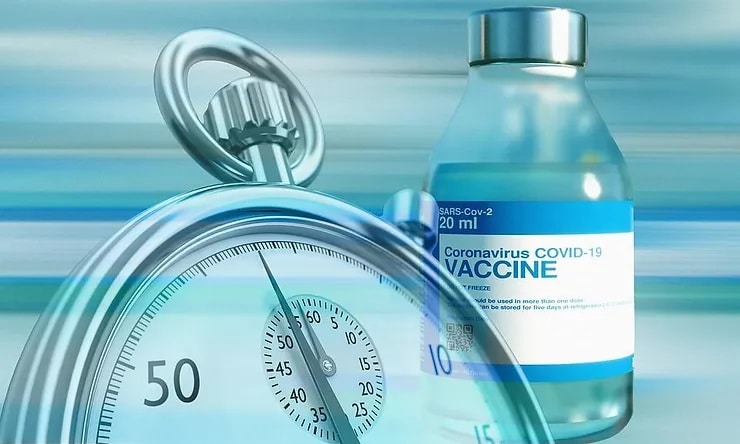
Identifying vaccine candidates
This step comprises isolating the virus and later rendering it inactive. The new variant is then known as the modified virus or vaccine candidate. This weakened or inactive version of the virus is then further tested to see whether it created any immunity among individuals. Live virus is never used as a part of the process. Researchers are more interested in the genetic sequence of the virus in order to come forward with a vaccine. Let’s take the example of the hepatitis B vaccine—the vaccine production method for this relied on the genetic sequence to make recombinant protein.
Initial safety testing
This step is also known as pre-clinical testing. Testing is conducted in two well-defined and extensive phases. The first part is usually conducted using animals to be able to anticipate how the vaccine would respond in humans. During an outbreak, different research groups need to study different field areas to be able to reach a conclusion. Most vaccines perform well up until this stage and fail when human testing starts.
The human testing phase of the clinical trials comprises three phases:
At first, the vaccine is tested on a couple of perfectly healthy volunteers. The vaccine is administered to see if it triggers any adverse health effects. The second step is to check the efficacy of the vaccine. At this stage, the vaccine trials are conducted on several hundred individuals known as the target population. Researchers prefer individuals who are at a greater risk of contracting the infection. Once the vaccine clears the first stages of pre-clinical trials, it is then tested on several thousand individuals to study widespread efficacy.
During all three phases, scientists are increasingly focused on studying whether the vaccine is safe, generates a robust immune response, and offers long-term protection against the infection risk. At times, experimental vaccines are also administered in heavily infected regions without official regulatory approval.
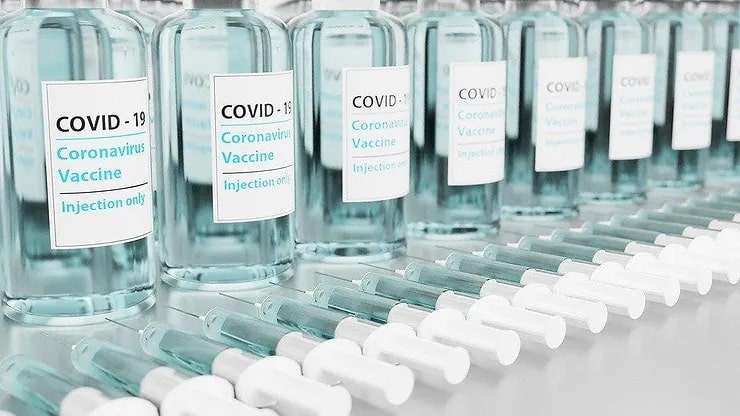
Getting approved from the authorities
In the case of other vaccines, getting regulatory approvals isn’t an issue because the regulators have probably approved tones of similar vaccines in the past. However, this definitely wasn’t the case with COVID-19. We are living under a public health emergency, and every regulatory measure needs to be backed by strong research and deliberation.
The actual production phases
The last step in the process of COVID-19 vaccine production is mass manufacturing. This is easier than it sounds. We are dealing with a virus that has claimed thousands of lives around the world and continues to do so. The vaccines need to be rolled out worldwide since there is no country that the virus has spared.
Before jumping onto the step, companies had to conduct an extensive feasibility analysis. Even if a vaccine has passed the safety tests, it’s not necessary that the company will always have the enormous manufacturing capacity, personnel, funds, infrastructure, and equipment that is needed. The production phase also needs appropriate quality control in order to comply with the FDA regulations.
The FDA has so far taken a keen interest in monitoring each of the following stages. Once the vaccines have been dispatched under government control, it comes down to the lawmakers to prioritize who should be vaccinated based on the risk and age groups. The agency is also concerned about the fair and equitable distribution of the vaccine and needs to ensure that the vaccine will reach the most vulnerable populations on a priority basis.
After vaccine manufacturers submit their application to multiple regulatory authorities such as the FDA and the European Commission. One of the prime concerns for the regulatory bodies is whether the company’s manufacturing process is consistent and whether they’ll be able to manufacture consecutive batches of the vaccine to help develop the immunity fully.
There has to be enough product to immunize those who need the vaccine. Companies need to demonstrate that they’ll be able to cater to a worldwide health emergency and especially reach out to the underserved populations from around the world—preferably on a non-profit basis. This is why companies try to ramp up their production capacity on a commercial scale while clinical trials are taking place.
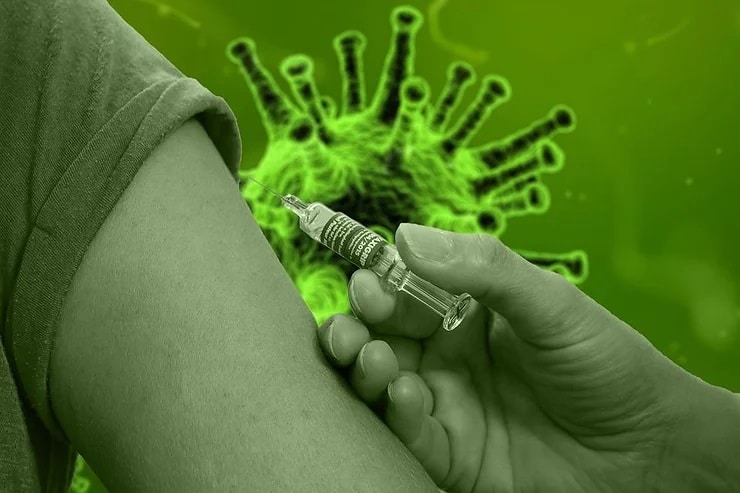
The role of WHO
Vaccine efforts became a lot more prominent and gathered pace after the WHO declared the virus to be a public health emergency on January 30th, 2020. This has historically been the organization’s highest form of alert as far as the international health regulations are concerned.
This was the sixth time in history that the WHO made such a groundbreaking announcement on an international level—the first five being during the H1N1 virus, poliovirus spread, Ebola outbreak of Africa, Zika virus, various other congenital malformations, and the Ebola outbreak of Congo. Thankfully, all the experience acquired over the past many years in battling the rest of these epidemics on an international level brought forward a certain preparedness on the WHO’s part.
Although the COVID-19 pandemic had taken the world by storm, the level of preparedness and the availability of equipment and technology was far better than the same in the case of the Spanish flu. Over the past few pandemics, the international health agencies had acquired fundamental knowledge that helped them devise a strategy to combat the virus in this case. The expertise, along with huge promises for financing, regulatory flexibility, and latest R&D strategies, contributed to rapid licensing and expedited the vaccine process and proved to be a fresh breath of hope for humanity. The WHO also consistently monitored the process.
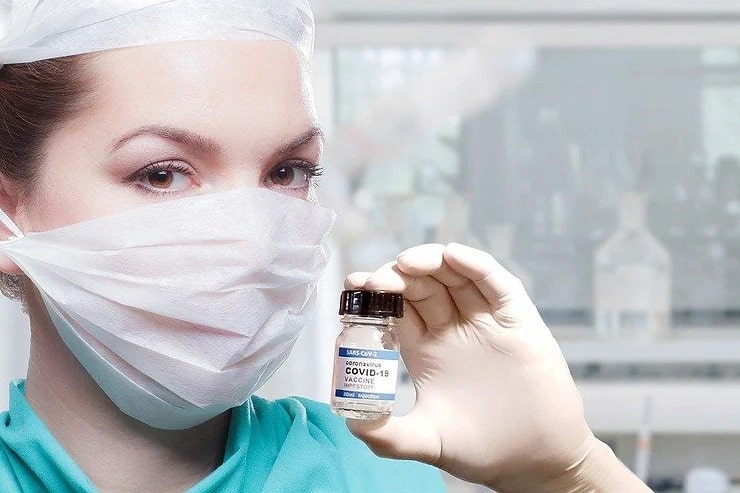
The progress
As of December 8th, 2020, there were around 214 vaccine candidates—out of which 51 were in the clinical stage, and 14 were in the late-stage clinical development stage. Fast forward to February 18th, 2021, as many as seven significant vaccines were rolled out in different countries, and the vulnerable populations were given high priority. During the same time, around 200 additional vaccine candidates were also under the development phase.
Over the last few months, vaccines have become a critical tool in the world’s battle against the virus. Healthcare workers, senior citizens, and adults are getting vaccinated every day as we speak. Scientists are working quickly and promptly to bring forward more innovative testing and diagnostic methods to make it easy for the world to battle the pandemic. However, as we get vaccinated, that doesn’t mean that the lingering threat of getting infected is over.
There is a continued need to wear masks, maintain adequate social distance, avoid large gatherings, practice great hand hygiene, and get tested! The more quickly you get tested, the easier it is for you to isolate yourself, track your contacts, and break the transmission chain.
Which vaccines does America have?
The three leading vaccines rolling out in the US are as follows:
The Pfizer-BioNTech vaccine is currently being administered to individuals who are 16 years old and above. The prescribed dosage is two shots that need to be administered three weeks apart. However, you’ll be fully vaccinated two weeks after the second shot.
The Moderna vaccine is for individuals above 18 years old and above. This one needs to be administered four weeks apart. Under this dosage, you develop immunity two weeks after the second shot.
The Johnson and Johnson’s Janssen vaccine is also for individuals 18 years and above. This one only comprises one shot, and the required immunity is developed two weeks after the second shot.
According to the CDC, the above-mentioned COVID-19 vaccines are entirely safe and effective. You might face a couple of side effects after getting vaccinated, but these are nothing to worry about. The side effects are temporary and perfectly normal. If you haven’t received the complete doses, don’t consider yourself completely safe and protected. This doesn’t mean that you start giving up on all the safety precautions.
Vaccine categories
Vaccines can also be categorized as protein-subunit vaccines, mRNA vaccines, and vector vaccines.
The mRNA vaccines contain contents from the COVID-19 vaccine itself. This gives our cells the right direction to synthesize a protein that will be exclusive to the virus. After this, the cells make different copies of the same protein that is capable of destroying the vaccine. The body recognizes the protein and signals that it shouldn’t be there. If the individual gets infected in the future, the lymphocytes will remember how to fight the virus.
The protein subunit vaccines comprise harmless proteins of the COVID-19 virus and not the entire germ. After getting vaccinated, the body recognizes the protein and synthesizes lymphocytes that will help your body fight the virus in the future.
The vector vaccines comprise a slightly altered version of the virus than the one that initially causes the virus. However, inside the shell of the modified virus, the material belongs to the original COVID-19 strain. This is known as a viral vector. The genetic material inside the cells instructs your system to make a protein that helps the lymphocytes fight the virus if you’re infected in the future.
Rapid COVID testing services in Miami
Good Hearts Testing from Miami pledges to play its part in making America COVID-free. The company specializes in same-day PCR and antigen tests. You don’t need to visit the office. All you need to do is call up the office, and they’ll send their representatives to your doorsteps and conduct the test from the comfort of your home.
Good Hearts Testing also conducts extensive group testing for corporates and industrial clients. The testing service promises same-day PCR results and antigen test results within 15 minutes. However, an additional fee may apply for same-day results.
